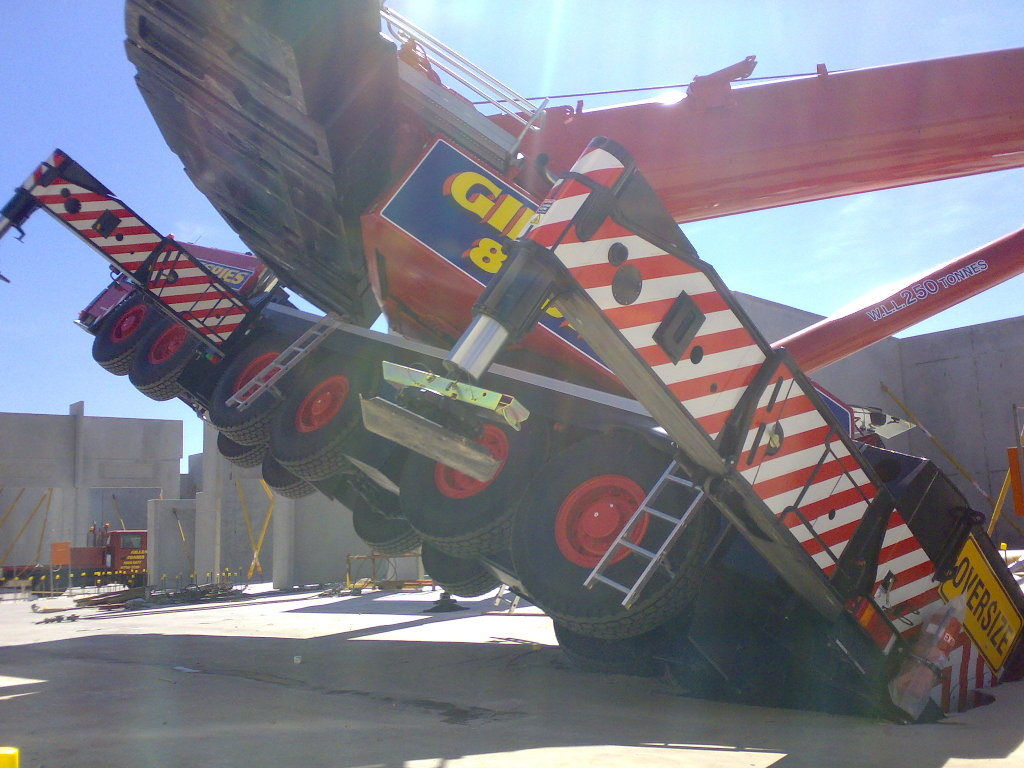Safety Quiz On Corporate Crane Procedures Manual!
- OSHA
- ANSI
2.
You may optionally provide this to label your report, leaderboard, or certificate.
Submit
×
Thank you for your feedback!
















